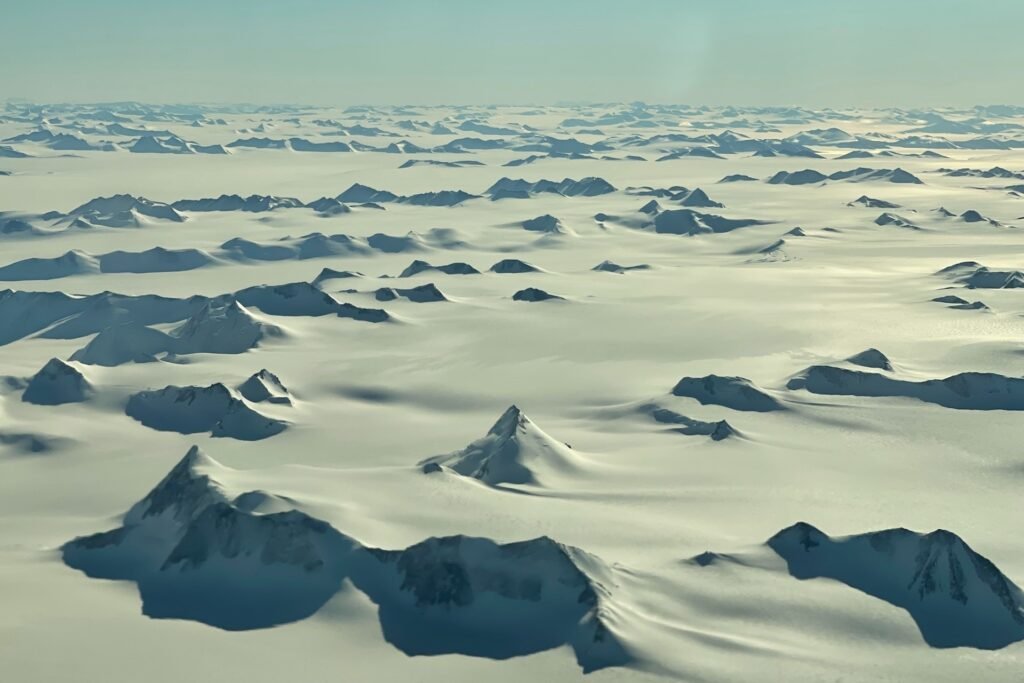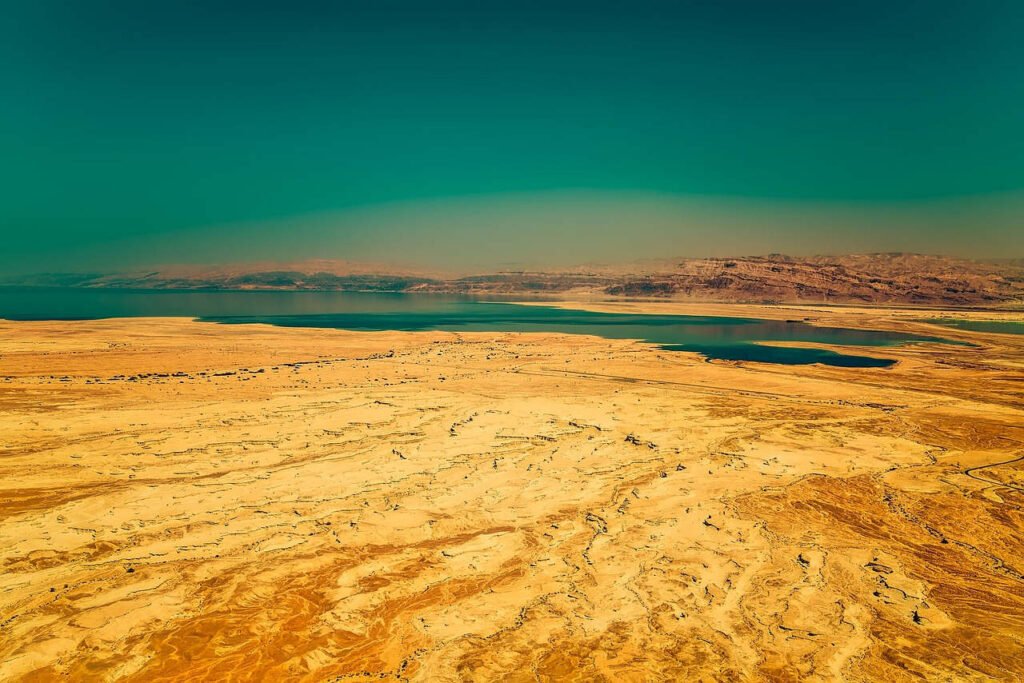A desert is a place where average annual rainfall (precipitation) is less than 250 mm. When we think of a desert, we picture a sandy landscape with harsh living conditions. Yes, most deserts are sandy but not all. In fact, the largest desert in the world is not sandy at all. What is the world’s largest desert? Let’s learn.
What is the world’s largest desert?
The Antarctic desert is the world’s largest desert. It has an area of about 14 million square kilometers. The average annual precipitation in most of Antarctica is less than 200 mm. The coastal regions of Antarctica receive relatively more precipitation, still less than 250 mm. The precipitation in the interiors of Antarctica is less than 50 mm.

Antarctica is the coldest, windiest, and the driest continent. It is one of the most extreme environments on Earth. Despite that, many life forms (e.g., penguins, seals, algae, and bacteria) have adapted to survive the harsh conditions of low temperatures, high winds, and scarce resources.

The Antarctic desert is also a place of scientific discovery and exploration. Many researchers visit this region to study its climate, geology, ecology, and history. The Antarctic desert holds valuable information about the past and present state of our planet, as well as clues about its future.
The Sahara desert of Africa is the largest hot desert in the world. It has an area of about 9 million square kilometers. The desert spans across 11 countries – Algeria, Chad, Egypt, Libya, Mali, Mauritania, Morocco, Niger, Western Sahara, Sudan, and Tunisia.

Now you know, if anyone asks, Antarctic desert is the world’s largest desert not Sahara.
Read more

